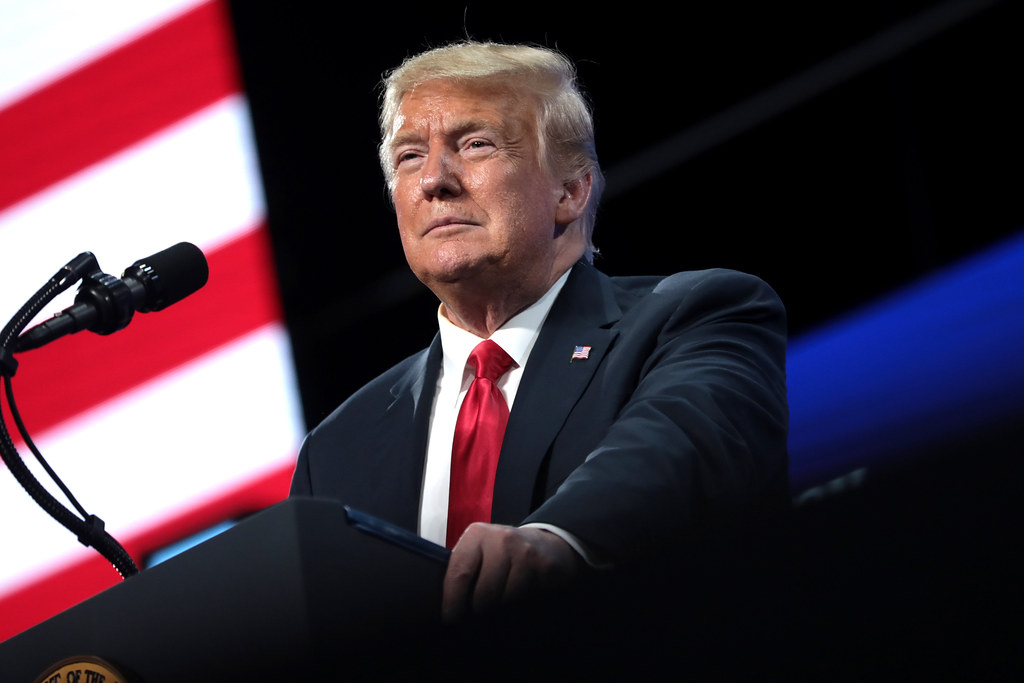On Feb. 15, Team USA faced Canada on the hockey rink, with anticipation brewing in the stadium for the 2025 Four Nations Face-Off hockey tournament. Seconds into the tournament, Canadian fans erupted in boos as the U.S. anthem played. Then, on the ice, two players from the two teams began to tussle. Two players soon turned into six, and one fight into three. In just a few short minutes, several brawls had already taken place — only a few of the many conflicts due to rising anti-American sentiments in Canada and Mexico following President Trump’s new tariffs.
On Feb. 1, Trump invoked the International Emergency Powers Act (IEEPA) to impose a 25% tariff on all imports from Canada and Mexico and a 10% tariff on Canadian energy resources. Why? To protect U.S. industries, promote the production of domestic goods, reduce the U.S. trade deficit, and eliminate illegal immigration and fentanyl trafficking. Originally set for March 4, the enforcement was delayed to April 2.
These tariffs have set the stage for an impending trade war. Canada responded with a 25% tariff on $20.8 billion worth of U.S. goods, while Mexico has vowed to take retaliatory measures.
Backlash has already erupted across Canada, fueling anti-American sentiment. This has translated into widespread boycotts of U.S. products, ranging from streaming services like Netflix to American liquor. Retailers from Ontario and Quebec, Canada’s most populous provinces, have pulled American whiskey off the shelves to promote local alternatives. The hostility has even spilled into sports, where WWE matches and NHL and NBA games have seen crowds jeering at the Star-Spangled Banner.
These reactions were intensified by former Canadian Prime Minister Justin Trudeau, who condemned Trump’s tariffs at a March 4 news conference, calling them a “very dumb thing to do” and reaffirming the country’s rejection of U.S. influence. Ontario Premier Doug Ford also threatened to implement a 25% surcharge on Canadian electricity exports to U.S. states if the tariffs continue.
Although Mexico’s response hasn’t been as severe, there is still a degree of frustration among many Mexicans. Much of the negative reaction has been marked by concerns of economic insecurity, as 80% of Mexican exports arrive in the U.S., their most vital trading partner. Many also feel that Trump has overlooked their country’s attempts at strengthening border security and limiting migration, despite reports of a 94% drop in illegal border crossings compared to last year.
For Americans, these tariffs may similarly bring steep costs. The U.S. Tax Foundation estimated that taxes will experience a total increase of $1.2 trillion and that prices of American products will soar as a result of the 66% of U.S. businesses that rely on outsourcing. Tensions are escalating across North America, raising concerns of a trade war that could further destabilize the economies of all three countries.
While Trump argues that these tariffs are for the better, the intense backlash may suggest otherwise. These frustrations, felt in both Canada and Mexico, are understandable, and as the situation further develops, the resulting economic and social fallout may prove the tariffs to be more harmful than beneficial.



